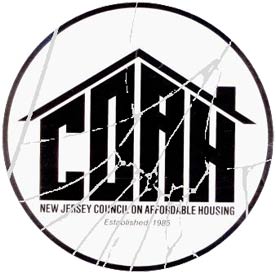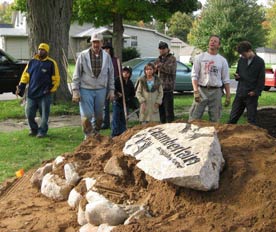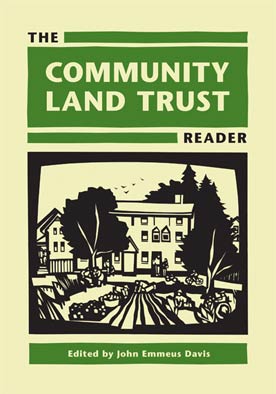Alternatives to “gutting COAH,” have been surprisingly scarce. New Jersey Future is part of consortium of 16 environmental, planning, and housing organizations looking to achieve better land and water policies that, prior to Gov. Christie’s election in November 2009, sent a letter to Christie, then-Democratic Gov. Jon Corzine, and Independent challenger Chris Daggett calling on them to reform COAH, but first to appoint State Housing Commission members to “look at the big picture, and within six months recommend a plan to overcome impediments to producing affordable housing while respecting environmental constraints.” That didn’t happen.
More recently, a separate group of civil rights, environmental, housing, religious, and supportive housing and special needs groups called on the State House to replace COAH with a strategy that would produce homes near jobs and transit and encourage the reuse of existing developed land.
There is widespread support for addressing the problems with COAH and the implementation of New Jersey’s affordable housing program, but it seems clear that at least for now, any changes are unfortunately going to be driven by social philosophy, rather than a constructive revision of a needed policy in the country’s most densely populated state. While gutting the COAH, no one has gotten to the guts of the issue: how to provide affordable housing in the most fiscally responsible manner (i.e., distributing the financial burden in the most equitable way) and in the most environmentally responsible manner.





Comments